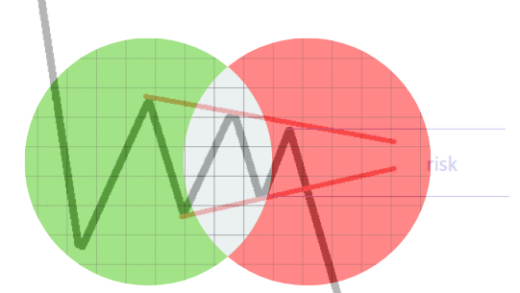Profit factor is one of the most commonly used statistical indicators of the effectiveness of an exchange trading system. The higher the profit factor, the lower the actual risk that a trader faces when working with such a system.
The profit factor is calculated as the ratio of the amount of profit from all transactions to the amount of losses from all transactions. The optimal value is considered to be a value greater than 1.6.
For example, the system brought 6980 points of profit (the sum of all profitable trades) and 1898 points of losses (the sum of all unprofitable trades) during the month. What will be its profit factor?
Divide 6980 by 1898 and get a value of about 3.6. This means that the system is quite stable and can be profitable in the long term. But what’s even more important is that when trading using it, the trader has a small risk of loss. And as you know, for most traders, especially those trading with large capitals, reducing the risk of losses is an even higher priority goal than increasing profits.
Thus, measuring and analyzing the profit factor will allow you to understand how effective the trading system is and whether changes need to be made to reduce the risk that the trader bears when working on it.
Some experts advise not to take into account the most successful trade of the period, or even a number of such trades, when calculating the profit factor. The point here is to reduce the influence of happy accidents and present the profit factor in a more realistic form. In this case, the most unprofitable trade is always taken into account. This approach is practiced precisely because the very idea of analyzing the profit factor is already associated with the desire of an investor or trader to choose for himself options for trading systems with minimal risk.
In addition to the real profit factor (which is calculated based on already completed transactions), you can also calculate the predicted one, which depends on the ratio of the distance to the Stop Loss and Take Profit orders. For example, if the standard distance to TakeProfit, divided by the standard distance to StopLoss, is less than 2, then such a system is likely to be unprofitable in the long term, or extremely unprofitable.
Another important point is the period for which the analysis is carried out. However, it is not so much the period as the number of transactions that is important. Obviously, if there are only 2 transactions, and both are winning, then it will not be possible to calculate the profit factor at all. When there are 10, 20 or more transactions, it becomes possible to see the objective value of the profit factor and draw conclusions about the effectiveness of the system.

